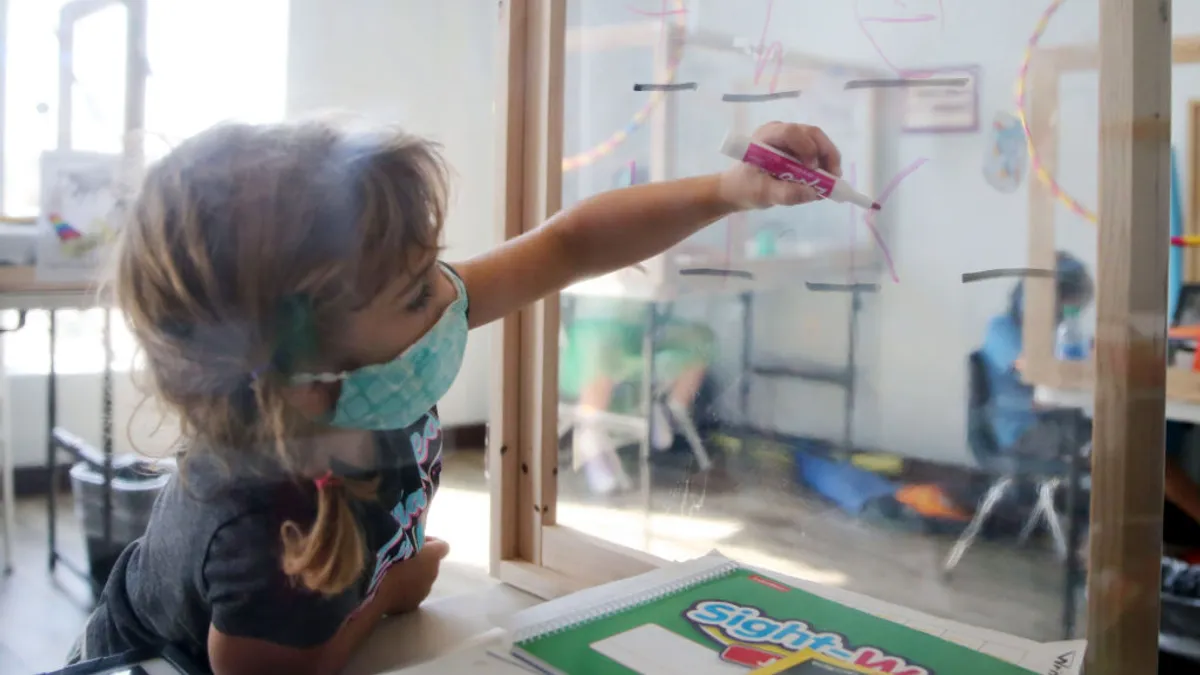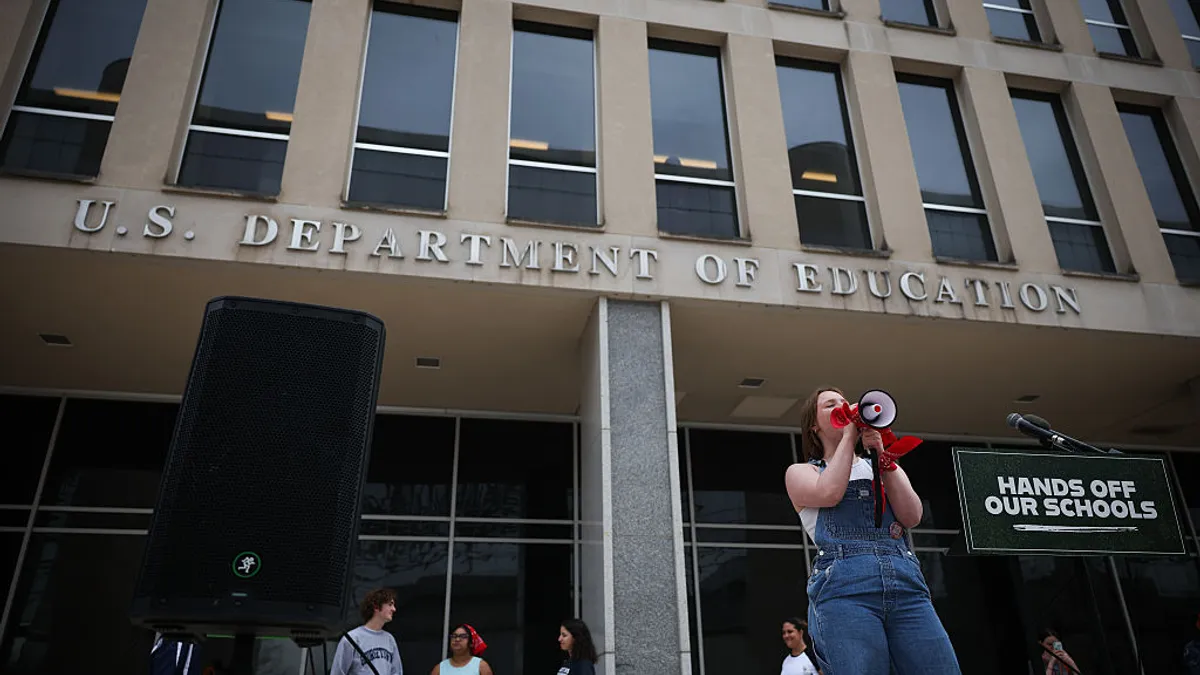Naomi Shelton is the CEO of the National Charter Collaborative, a national organization that is focused on increasing the diversity of the national's public charter schools and supporting leaders of color. She previously served on the DC Public Charter School Board.
Black and brown children cannot afford to wait for our political system to transform sufficiently to permit their educational empowerment and social liberation.
Period.
Traditional public schools, with some notable exceptions, are by and large tilted against Black, brown and indigenous students. The rules of the game are stacked against them at every turn: from how we fund our schools to how students are assigned to them, from how we train and develop teachers to the way we compensate them, from the voices that drive conversations around school improvement to the voices that are invariably not fully at the table.
Change in the traditional public school system, if it is to occur, will be glacial. That is why we need something faster and better for our students and communities of color—namely public charter schools.
There is increasing recognition of this reality. The education philanthropy community has led the charge for years.
Michael Bloomberg’s recent commitment to support the expansion of high-quality schools so an additional 150,000 students in cities across the country can access them is a key step forward. And for full and enduring educational justice, Black, brown and indigenous people must leverage these commitments to build our own institutions.
We can trace the roots of this fact from the founding of historically Black colleges and universities and Freedom Schools all the way to today’s public charter schools created by and for Black and brown communities. The charter school movement, once dominated by White voices, has acknowledged its historical shortcomings, worked to empower those too often on the margins, and now embraces the position of power it holds with Black and brown communities and leaders at the helm.
While we still are nowhere near where we need to be for all kids to have the high-quality public education they need and deserve, the critiques of the sector now often look back 15 years or more ago for the majority of their source material. From “no excuses” models to exclusionary discipline, the sector has changed, grown and evolved. We see it across the movement.
At the school level, we see communities of color leading and shaping the institutions in ways that rarely if ever occur in traditional public schools. Gestalt Community Schools in Memphis are a shining example.
In 2006, Yetta Lewis and Derwin Sisnett began their journey with 125 6th-graders and a vision to build a school premised on meaningful community engagement and neighborhood empowerment, a school where the needs and aspirations of the Black and brown families it served guided the strategic direction of the school. Gestalt now serves 2,200 students, is one of the most highly regarded systems of public charter schools in the nation and is as committed as ever to the dreams of the communities it serves.
On a citywide level, the District of Columbia Public Charter School Board, a board I had the privilege of serving on until this past year, long a beacon of high quality in the charter authorizer world, wasn’t satisfied with generally rising achievement scores and a rapidly expanding range of high-quality public school choice for parents.
Long before the summer of 2020 and broadly embraced racial justice movements, it began interrogating its own systems and practices. Nothing was off the table, including its vaunted Performance Management Framework, the system through which it evaluated, rated and held schools accountable. The PMF is being retooled to incorporate multiple measures of student progress — including growth as a primary metric — and emphasize the importance of community engagement and responsiveness. It amounts to the most significant systemic change in D.C. education in nearly 20 years.
At the national level, organizations that shape the direction of the public charter school movement overall have similarly looked inward over the last several years to ensure their lodestar remains building a more equitable, high-quality system of public education for all learners.
The National Association of Charter School Authorizers Communities at the Center initiative crystallizes their evolved and evolving thinking around the place, power and potential of public charter schools in communities demanding educational justice. The effort looks to tap the assets and perspective of communities to inform not just how schools are created, but how they operate, expand and improve.
Emphasizing sustainable growth and partnership with the neighborhoods in which schools reside, the effort is a recognition that pre-pandemic normal was nowhere good enough, and we’ll need a broader and inclusive vision of what a school community is in order to empower the students and families our schools intend to.
Black, brown and indigenous communities cannot wait for the politics of our country broadly, and education specifically, to take real and lasting action on addressing opportunity gaps and educational injustice. Even the most well-intentioned federal or state policy will inevitably be filtered through and diluted by the physics of the implementing bureaucracy. That’s why public charter schools remain our best and brightest hope for rapidly empowering Black, brown and indigenous communities and changing the trajectories of today’s students.
Building our own institutions through our own leadership and alongside our own communities—that’s a transformational path forward.





















